When it rains in Vienna, it is said that taxi drivers are happy. When the sun shines, coach drivers are. Viennese Fiakers – horse carriages belong to the typical symbols of the Austrian capital just like the Riesenrad (Ferris wheel) or St. Stephen’s Cathedral.
A lacquered and shiny carriage pulled by two horses is called Fiaker in Vienna (the same name is both used for the carriage and the coachman). However, neither this word nor this type of transport originates in Austria, but in France, specifically in Paris. In 1645, Nicholas Sauvage, a coachbuilder, decided to try his luck in business by offering four-seater horse-drawn carriages for rent at the Hotel de Saint Fiacre for 10 sous per hour. Thus, the system of city public transport was born. And St. Fiacrius, an Irish monk whose image decorated the portal of the mentioned hotel, did not only give his name to this carriage but also became the saint patron of all coachmen, cabmen and later taxi drivers.
Although it was already July, clouds were rolling in the sky in the morning – it was not clear whether the weather would last or it would rain. The stable at Rappachgasse in Simmering was already quite busy. A man was showering a horse that apparently liked the morning shower, as well as brushing his fur and cleaning his hooves.
But first, let’s look a bit at history. The first license to operate Fiakers in Vienna was issued in 1693. At the turn of the 19th and 20th centuries, there were over a thousand of them! Even one of Vienna’s most popular folk songs was created – the Fiakerlied (A Fiaker‘s Song). Its author Gustav Pick says that “a Fiaka” (Viennese dialect) should be delicate and must be able to remain silent because he often takes someone to a secret rendezvous in his carriage.
It is interesting that the carriage drivers were very popular not only for their driving skills and discreet silence but also because many of them were excellent singers who entertained the local people with similar, often spicy, songs in famous Viennese pubs but also at the balls of the Fiaker-drivers or washerwomen which were also visited by guests from higher circles. One of them was Josef Bratfisch, whom Crown Prince Rudolf chose as his personal Fiaker driver. In his carriage, Mary Vetsera was riding her last journey to Mayerling, where she and Rudolf then committed suicide. The Habsburgs paid for his silence – Bratfisch bought a house and a concession but kept his promise and took the details of the fateful day with him to the grave. He is immortalized on a memorial plaque in the 17th district of Vienna along with two other drivers. One of them is Karl Mayerhofer, who died after an accident when a car crashed into his carriage – in 1905!
When we talk about the Fiaker history we must not forget Fiaker-Milli (Emilie Turecek) who had loved many Fiaker drivers. She also performed Viennese songs – in a jockey costume with tight-fitting pants (she had to have permission from the police for such an outfit!) and with a whip in her hand.
Today, Fiakers no longer take clients to secret dates but serve mainly tourists who get to know sights of the Austrian capital from the carriages. There are 21 companies in Vienna, one of the largest operators is the Paul family which has been providing these services for over 50 years. They are the only ones allowed to use Fiakers at Schönbrunn Palace.
They own two stables in Vienna and also a farm in Göttlesbrunn-Arbesthal where young horses are trained for their future job (6-12 months) and old horses spend their “retirement” here. In cooperation with the Riding Dinner company, they also provide the Secrets of the Fiaker Tour which begins at the stable in Simmering. We learned a lot of interesting information about horses and their training, but also about the Fiaker drivers and the conditions for successfully passing the exam to obtain the driver’s license. Fiaker is a frequently discussed topic of animal welfare activists. It is the visit to the stables that is a good opportunity to encourage such a discussion and listen to the other side as well.
After the morning toilet, the horses were hitched to the prepared carriages. I was a little disappointed that all the carriages were with closed cabins (because of the cloudy weather). However, to my great surprise, the upper part of the cab can be folded like a magic box and suddenly all the carriages were transformed into cabrio coaches! The interior is of leather or covered with plush. Very pleasant. So let’s get on and drive to the center of Vienna – Szeltolo on the left and Pluto Aramisz on the right side of the horse team. Our carriage driver was Hasan, wearing typical Fiaker’s clothes, cool sunglasses and also a bowler which is called Melone in Vienna.
The relationship and trust between the coachman and the animals play such an important role that the driver must never leave his place while riding. This means that he cannot even collect horse faeces, even though such pollution carries a heavy fine. Years ago, Viennese collected excrements to fertilize roses in their gardens. Today, there is no interest in this fertilizer, special bags to catch this waste are hung on the back of the horse body under the tail instead.
Although we were driving through streets unknown to me, I enjoyed watching people and their reactions more than the surrounding buildings. Hasan seems to drive here regularly, as he was often greeted by men who had been just carrying out tables and chairs for the summer gardens of restaurants or cafes. Most people smiled at the horses and us, the parents pointed out the horses to their children and when we stopped at a crossroad, an elderly lady started a debate with us and saluted like in front of an imperial delegation.
The ride took almost an hour, our final station was St. Stephen’s Cathedral. A maximum of 60 Fiakers are allowed in the city during the day and they are allowed to stand only in certain places. Therefore, there are two numbers on the carriages at the back, one is the serial number of the cab and the other is the “place-number”.
If the temperature climbs to 35 ° C, the horses must be returned to the stables. But even if it’s not so hot, horses have to drink a lot of water and sometimes they even get a shower right at the place.
We were lucky to be able to travel in an open carriage and thus to better observe the world we passed. In less than an hour, the sky clouded over and it started to rain. The taxi drivers started rejoicing, it was their turn now…
More information about the company Paul: here
Current offer (2020-21):
Secrets of the Fiaker – 90 minutes – 27,50 € per person
Short city tour – 20 minutes – 40 € per carriage
Grand city tour- 40 minutes – 80-90 € per carriage
Other offers from Riding Dinner: here
How to get to the stables in Simmering: search for www.vor.at and enter Rappachgasse 34a as the destination station.
The popularity of the Fiakers and their coachmen is also evidenced by the fact that the Viennese named a smaller square after them – Fiakerplatz in the 3rd district, where several families of carriage drivers once lived. In the park at the square, there is even a large, bronze statue of a coachman made by Austrian sculptor Josef Engelhart.
More articles about Vienna: Category Vienna
Text: © Copyright Ingrid, Travelpotpourri
Fotos: © Copyright Ingrid, Travelpotpourri


 TRAVEL
TRAVEL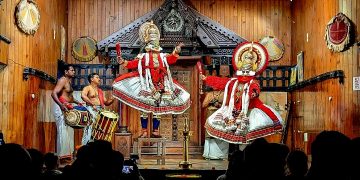
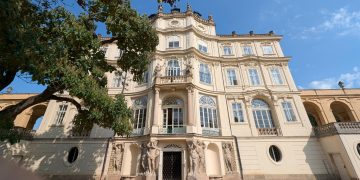
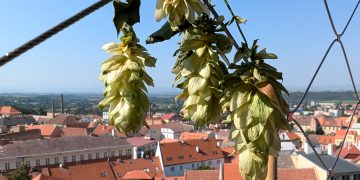




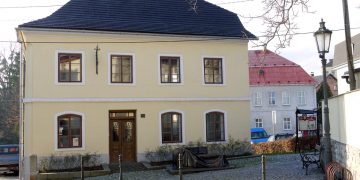




 RECIPES WITH A STORY
RECIPES WITH A STORY
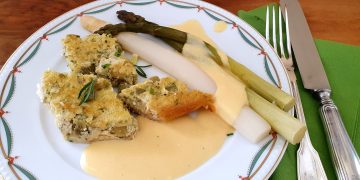
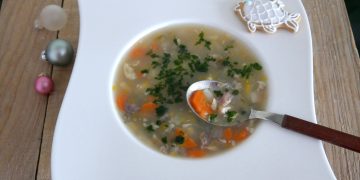


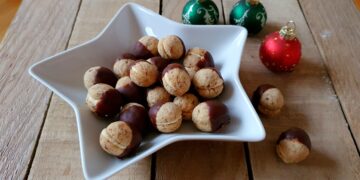

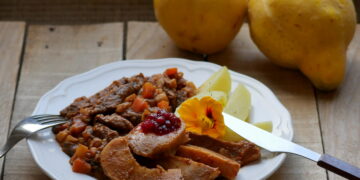
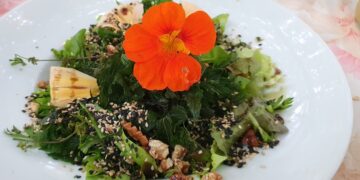



 AUSTRIA-VIENNA
AUSTRIA-VIENNA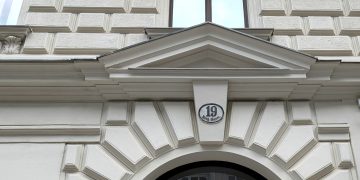
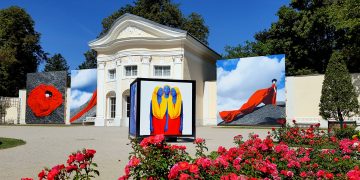
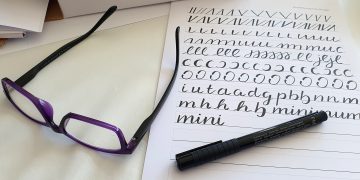
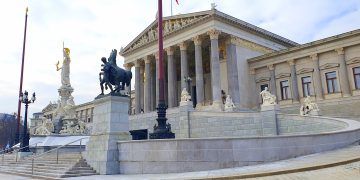
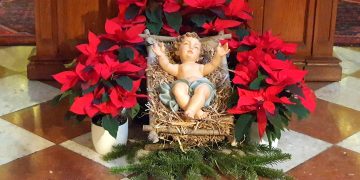
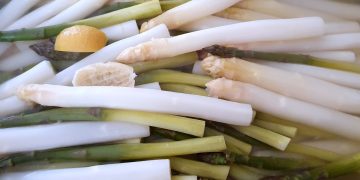
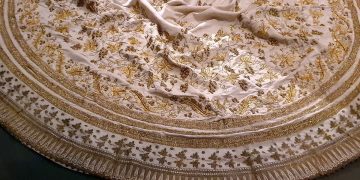
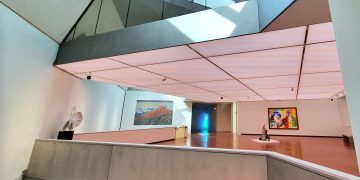
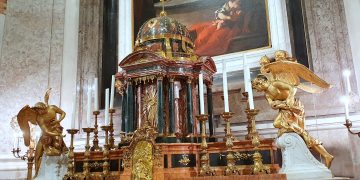
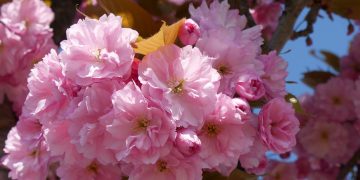
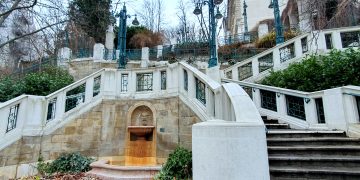

 SLOVAKIA-BRATISLAVA
SLOVAKIA-BRATISLAVA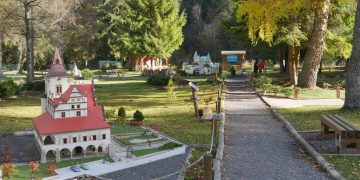
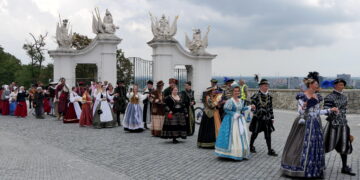

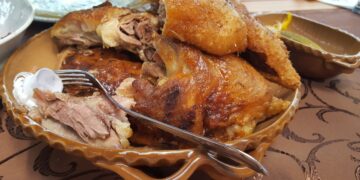
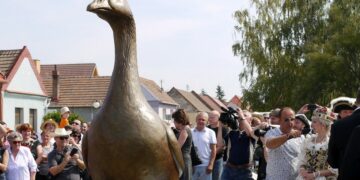
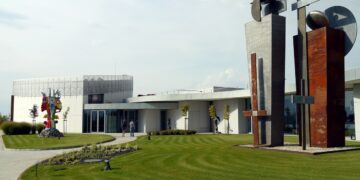
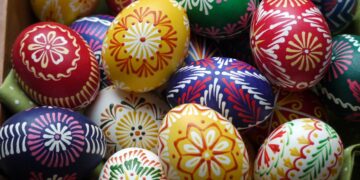
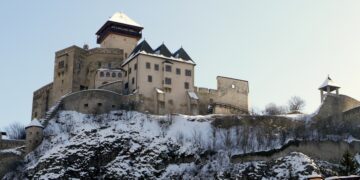
 EVENTS
EVENTS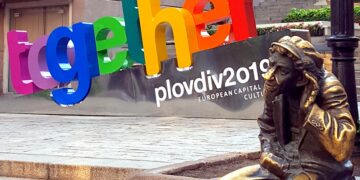
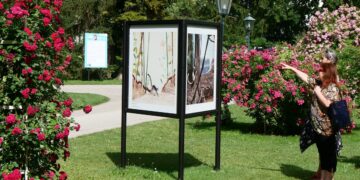
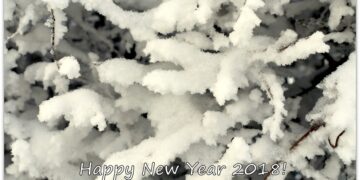
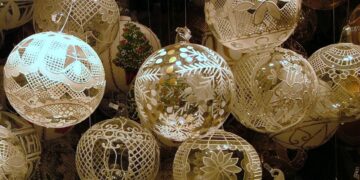
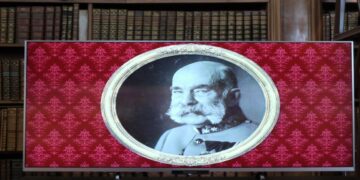
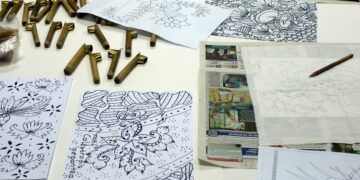
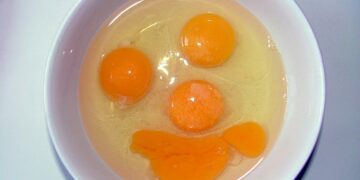

 INTERVIEWS
INTERVIEWS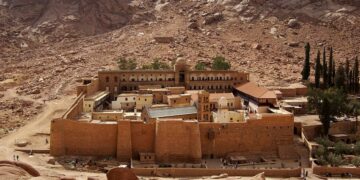
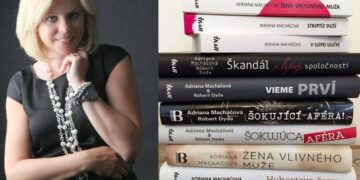





























 Admont Abbey: Ora et labora et lege – Pray, Work and Read!
Admont Abbey: Ora et labora et lege – Pray, Work and Read!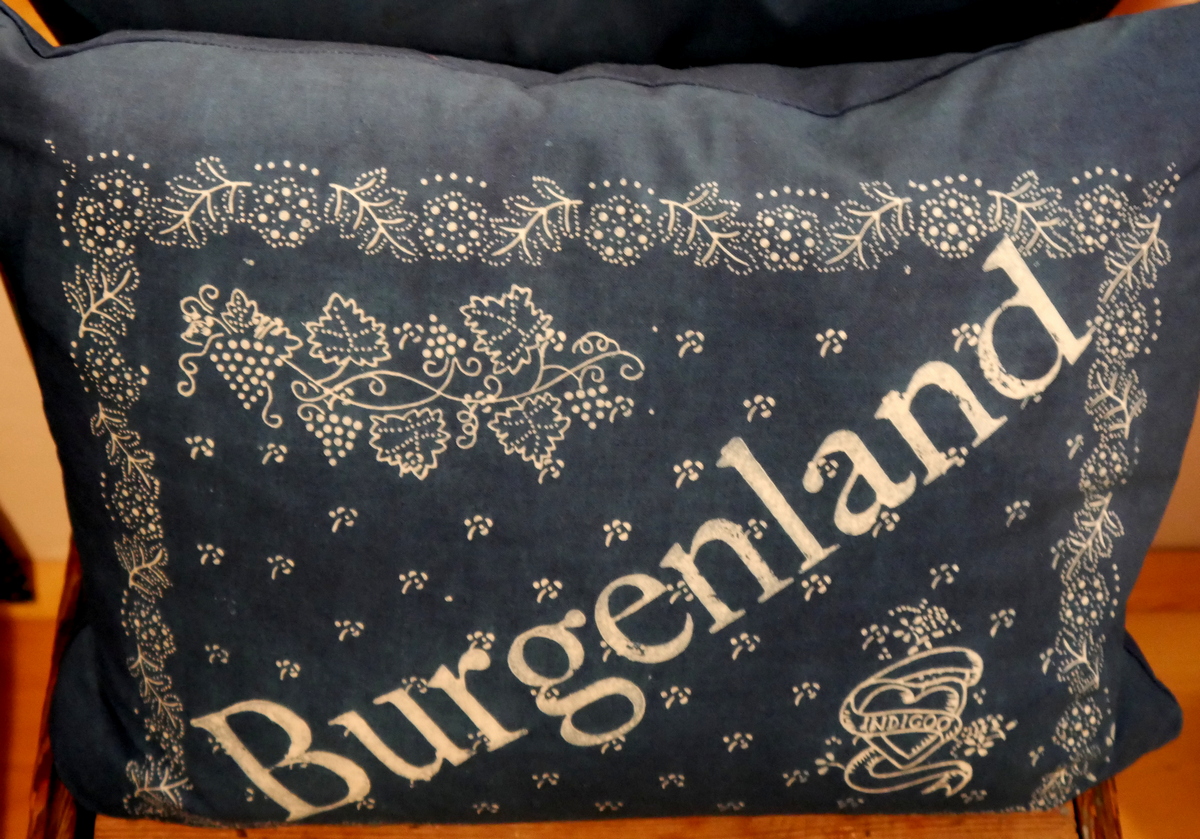 One Blue and One Sweet Stop in Southern Burgenland
One Blue and One Sweet Stop in Southern Burgenland



